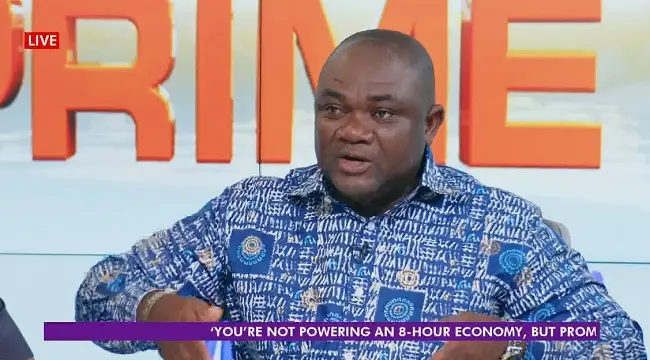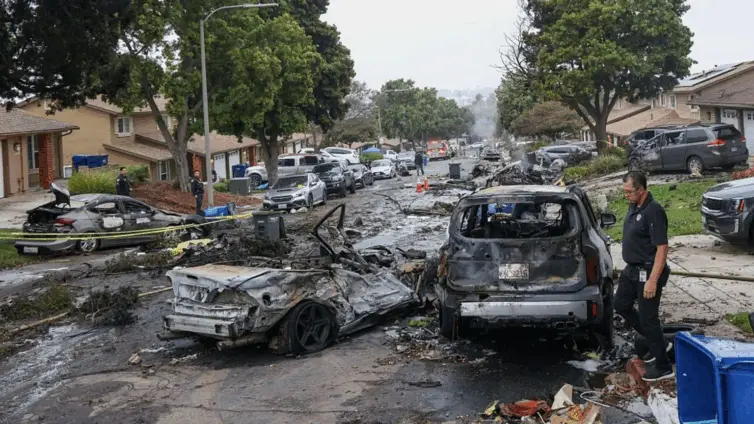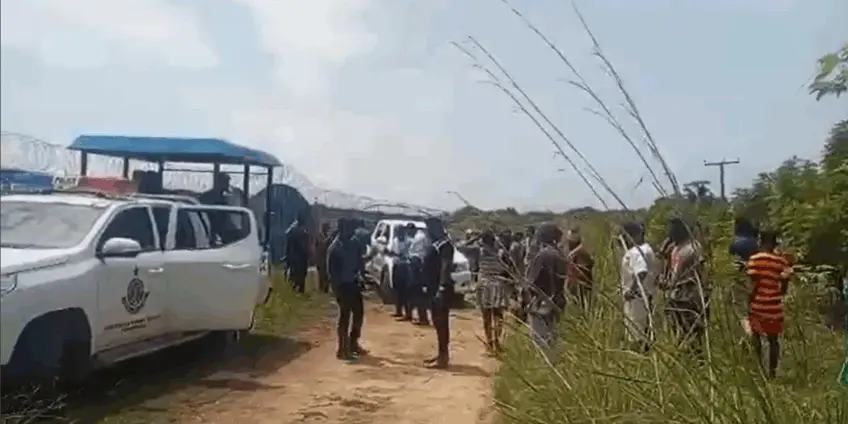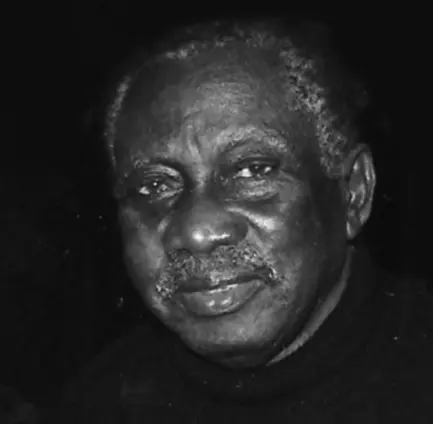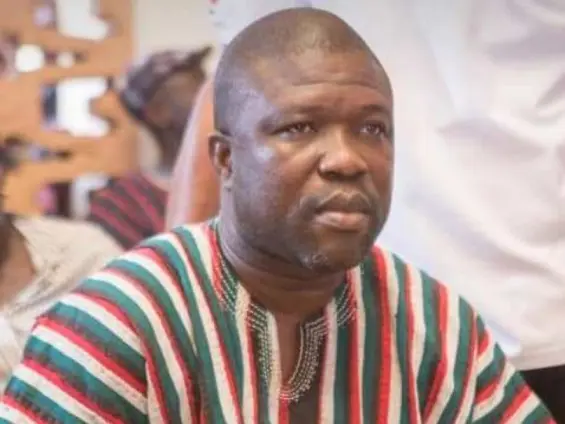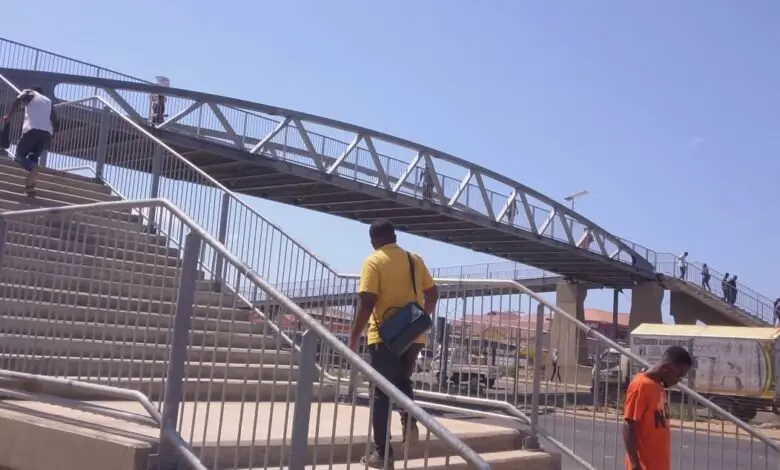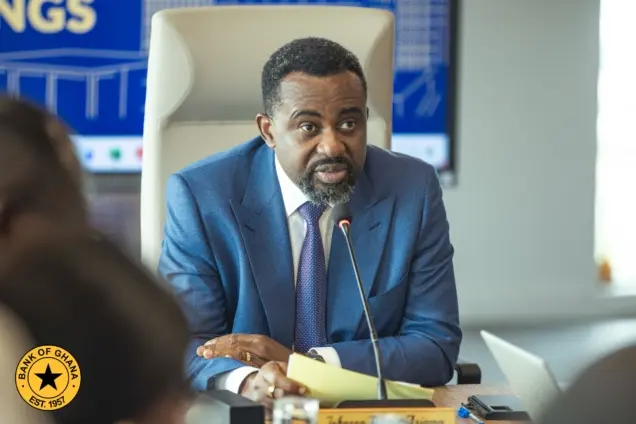Accra’s bustling Central Business District, a hive of commerce and activity, has long grappled with congestion. The Accra Metropolitan Assembly (AMA) recently launched yet another decongestion exercise, an effort to clear the streets and sidewalks of vendors and ease the flow of traffic. But will this initiative succeed where others have failed? Ebenezer Nartey, a former Member of Parliament, isn’t optimistic. He predicts the AMA’s current push will be short-lived, lasting only until December 2025. His reasoning, voiced on Joy Prime, centers on the pervasive influence of political considerations, suggesting that these factors will ultimately undermine the project’s long-term viability. The success of the Decongestion exercise launched by the AMA is already in doubt.
“This project that the AMA Mayor as well as Chief Executive for Korle Klottey have decided to do will only last for 7 months,” Nartey stated emphatically. “It will end on the 31st of December, 2025. If it goes beyond that, I’ll give them a thumbs up, but I know it will not go beyond that because the political woes will not permit them to do what they want to do.”
Nartey’s prediction hinges on the belief that Ghana’s political climate, particularly the ever-present anticipation of elections, will stifle the AMA’s efforts. He argues that politicians are often reluctant to make unpopular decisions, such as strictly enforcing decongestion measures, for fear of alienating potential voters. This reluctance, he suggests, will ultimately lead to the abandonment of the project once the perceived political cost outweighs the benefits.
But is Ghana’s political climate truly hindering progress on urban development initiatives? The question raises a broader debate about the influence of politics on governance and the implementation of long-term projects. Similar initiatives in the past have faced challenges due to political interference, shifting priorities, and a lack of sustained commitment across administrations. This can raise the question of whether the Decongestion exercise being undertaken by the AMA will truly bear fruit.
The AMA’s current strategy involves reintroducing the ‘Red Line’ concept, an attempt to establish clear boundaries beyond which trading activities are prohibited. Mayor Michael Kpakpo Allotey hopes this will prevent vendors from encroaching on streets and sidewalks, thereby improving traffic flow and pedestrian safety. The ‘Red Line’ has been a point of both praise and contention, as any Decongestion exercise would be.
The potential impacts of the decongestion exercise are multifaceted. On the positive side, a successful initiative could lead to improved traffic flow, enhanced pedestrian safety, and a more aesthetically pleasing Central Business District. However, there are also potential negative consequences, including the displacement of traders and economic disruption for those who rely on street vending for their livelihoods. A common counterpoint to the Decongestion exercise is what it would do to the people that rely on the trading.
Of particular concern is the question of what provisions, if any, have been made to accommodate the traders displaced by the exercise. Municipal plans and goals may include finding suitable alternative locations for these vendors, but the reality on the ground often falls short of these aspirations. This is a common criticism of such Decongestion exercises.
Despite Nartey’s pessimistic outlook, there are potential factors that could contribute to the long-term success of the decongestion exercise. Strong political will, sustained community support, and effective enforcement of regulations could all play a crucial role. If the AMA can garner broad-based support for its efforts and demonstrate a commitment to consistent implementation, it may be able to overcome the political challenges that Nartey anticipates.
Sustainable decongestion requires a multifaceted approach that goes beyond simply removing vendors from the streets. Providing alternative trading locations, improving public transportation, and implementing stricter regulations are all essential components of a long-term solution. By addressing the underlying causes of congestion and creating a more supportive environment for both vendors and commuters, the AMA can increase the likelihood of achieving lasting results.
Ebenezer Nartey’s prediction serves as a cautionary tale, highlighting the potential impact of political factors on urban development initiatives. While the AMA’s efforts to reintroduce the ‘Red Line’ concept offer a glimmer of hope, the success of the decongestion exercise ultimately hinges on overcoming these political hurdles and implementing sustainable solutions. Whether the project will extend beyond December 2025 remains uncertain, but Nartey’s forecast underscores the importance of addressing the political dimensions of urban governance. The AMA’s future results with the Decongestion exercise depend greatly on its ability to execute and maintain their goals, despite the political headwinds.
Image Source: MYJOYONLINE

